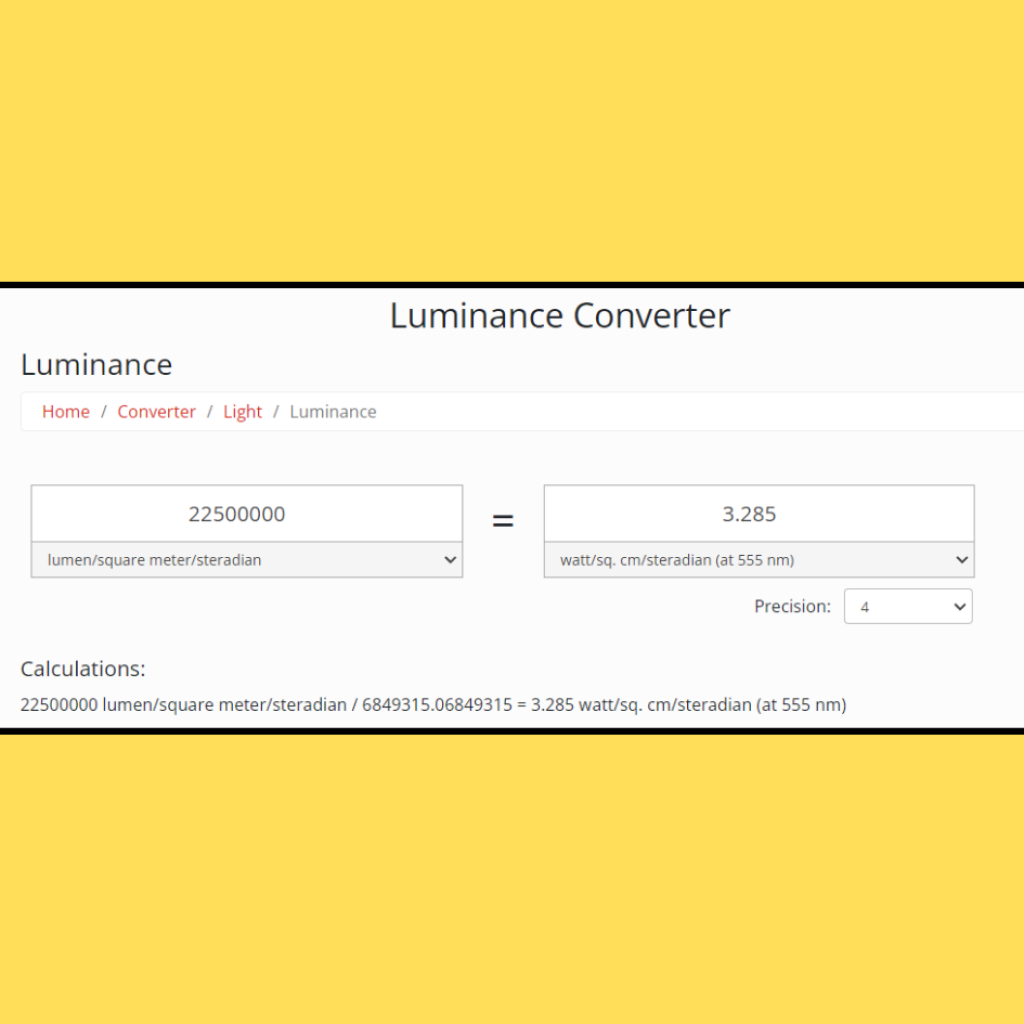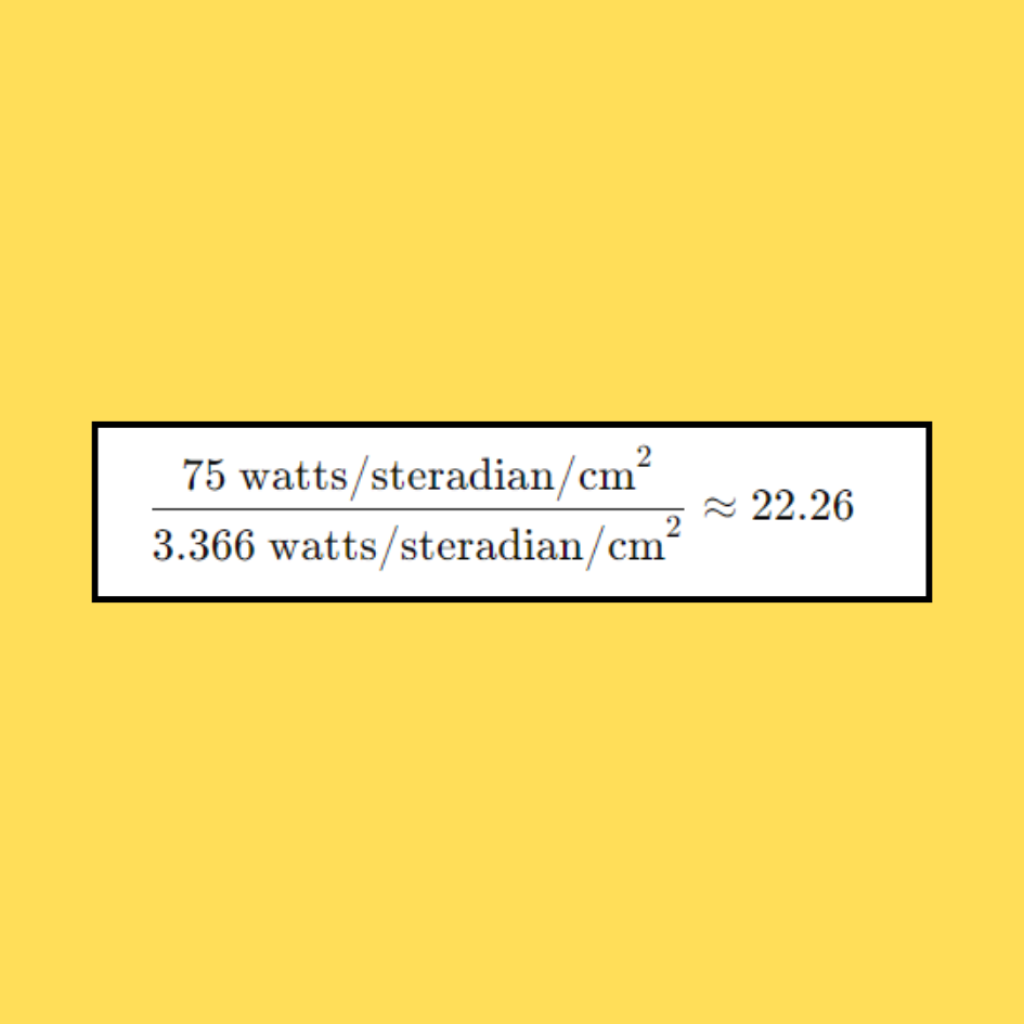Methodology
Calculations supervised by Usman Ghani, quality & environment auditor.
Methodology
Calculations supervised by Usman Ghani, quality & environment auditor.
Coastal area & population calculation
Karachi has a total of 31 subdivisions as per the 2017 population census. The Citizenry selected five subdivisions that border the coasts and added their area in square kilometers. (Detailed results of the 2023 census have not been released yet)
Subdivisions Area (in sq km)
- Civil Lines: 73 sq km
- Harbour: 50 sq km
- Mauripur: 450 sq km
- Ibrahim Hyderi: 97 sq km
- Bin Qasim: 447 sq km
Total: 1117 sq km
The total Karachi area is 3527 sq km.
1117/3527=31.6 %
Meaning 31.6 % of the total city area is situated near its coast.
Karachi has a total population of 16.051 million people. The Citizenry calculated the population of its coastal subdivisions.
Subdivisions Population
- Civil Lines: 473119
- Harbour: 401115
- Mauripur: 192565
- Ibrahim Hyderi: 1055780
- Bin Qasim: 248098
Total subdivision
population: 2370677
2370677/16024894 = 14.7
Meaning 14.7 % of the total city population lives near its coast.
Light radiance calculation
To estimate the extent of night lights off the shore of Karachi Coast, the NIO’s Integrated Phsical Oceanography Lab through remote sensing technology utilized data from the Visible Infrared Imaging Radiometer Suite (VIIRS), which is a Joint Polar-orbiting Satellite System (JPSS) with several cameras and sensors.
One of the lenses on the JPSS is the Day/Night Band (DNB) which was utilized to generate a monthly composite of April and May 2023 of cloud-free nighttime radiance in Karachi. The VIIRS can detect nighttime light using filtering techniques, with which it can calculate the radiance of city lights separately, with no natural light.
The NIO opted not to create a composite for a single day, deeming it unreliable. According to NIO researcher, the composite was generated by eliminating any data influenced by extraneous factors like clouds or moonlight.
The resulting imagery had a spatial resolution of 15 arc seconds, meaning the satellite captures 500 meters as one pixel with each pixel value representing radiance in Watt per steradian per square centimeter (W sr-1 cm-2) of ALAN. The NIO lab images in the story have been classified to delineate offshore and onshore zones with varying levels of radiance.
ALAN radiance comparison to football stadium
To put things into perspective imagine a standard football stadium, which is 7800 square meters (0.0078 sq km). If you convert it to centimeter square (cm2) it would be 78,000,000 cm2 or 7.8 million cm2 and then cover it to sq km, it would be 0.0078 sq km.
In such a stadium with over 5,000 spectators, a standard 22,500,00 lumens of light is used. (Lumen is how much light you’re getting from a source that could be a bulb or LED).
1 lumen = 0.001496 watts per square meter.
Now, 22,500,000 lumens x 0.001496 watts = 33,660 watts per square meter. To get watts in sq cm, we need to divide it by 10,000.
33,660/10,000 = 3.366 W sr1 cm2.

Karachi’s most lit offshore coastal belt spans over 10 sq km, an area that can fit in 1,287 football stadiums measuring 0.0078 square kilometers each. The highest radiance recorded in the 10.04 sq km is 75 watts per steradian per s, square centimeter. Approximately 22 such stadiums with a radiance of 3.366 watts per steradian per square centimeter each could fit into an area with a radiance of 75 watts per steradian per square centimeter. This indicates that the radiance level near KPT is equivalent to the combined radiance of approximately 22 football stadiums.
Divide the radiance of the larger area (75 watts per steradian per square centimeter) by the radiance of one stadium (3.366 watts per steradian per square centimeter):

LED lights comparison to football stadium
The KMC installed 520 white LED lights, each consuming 120 watts, from Machli Chowk to Kanupp. Multiplying 120 by 520 resulted in a total of 62,400 watts of light.
Considering that a single football field emits light equivalent to 33,660 watts, dividing 62,400 by 33,660 yielded 1.854, indicating that approximately the illumination from two football stadiums has been installed along the road.

Story produced with Internews’ Earth Journalism Network support.

